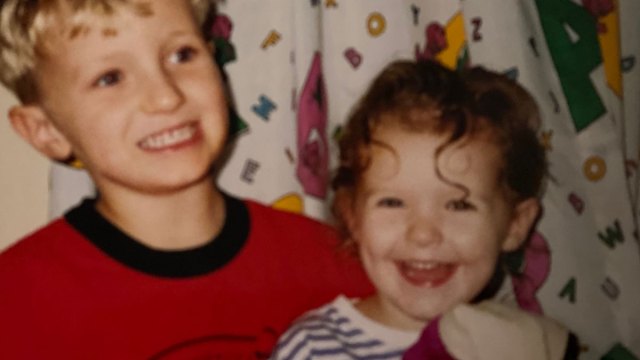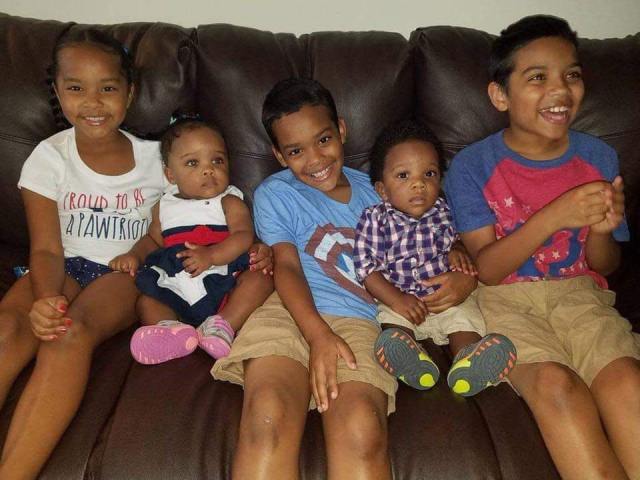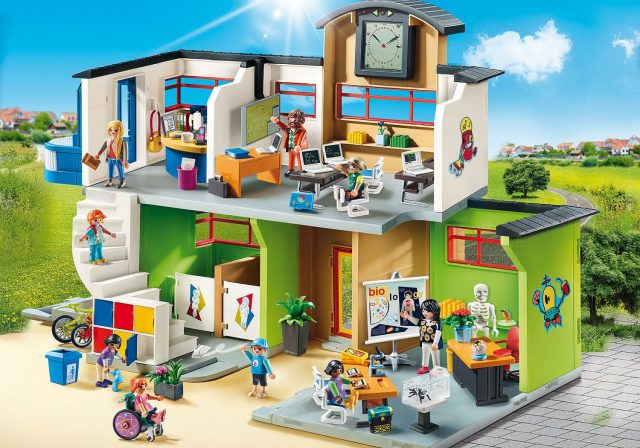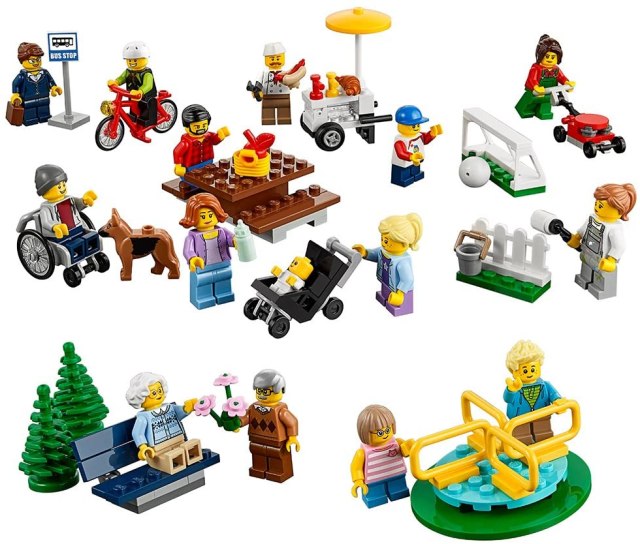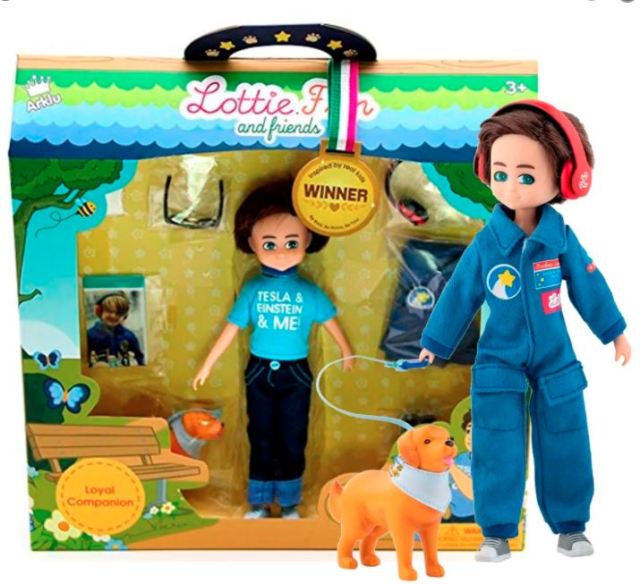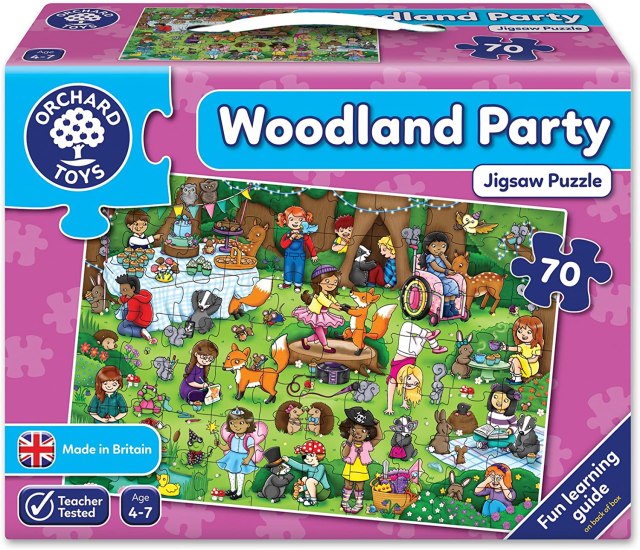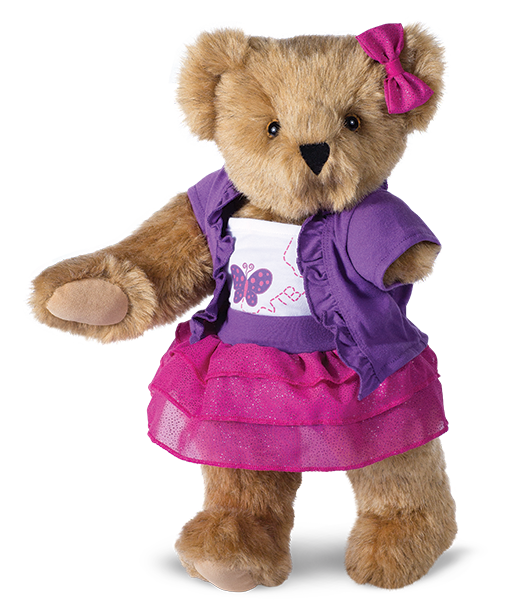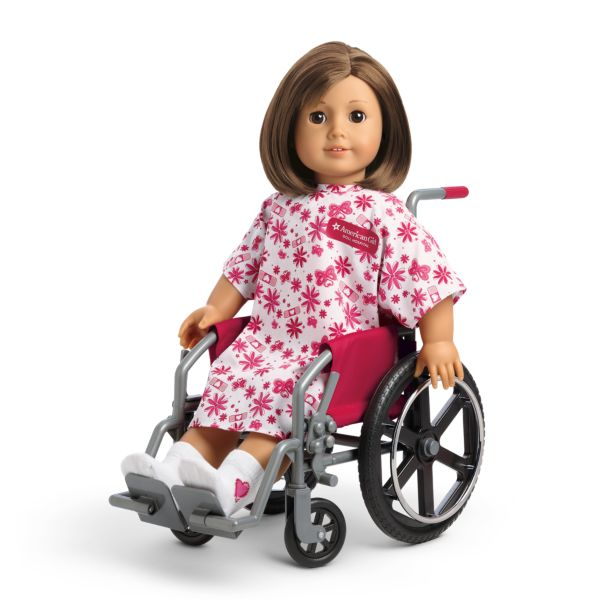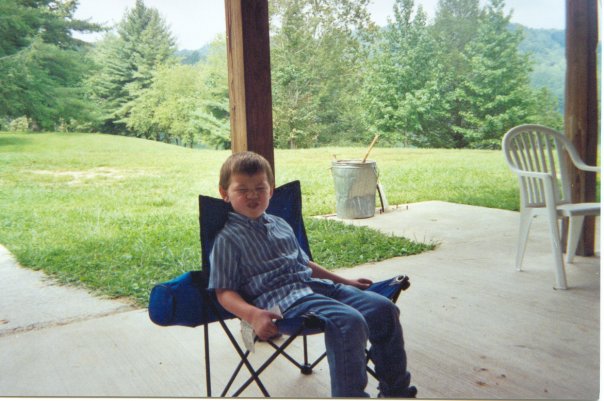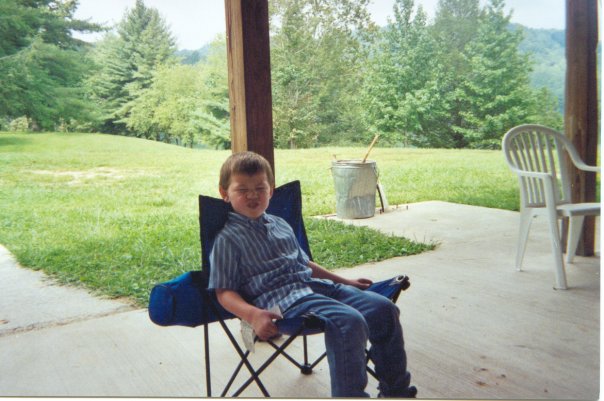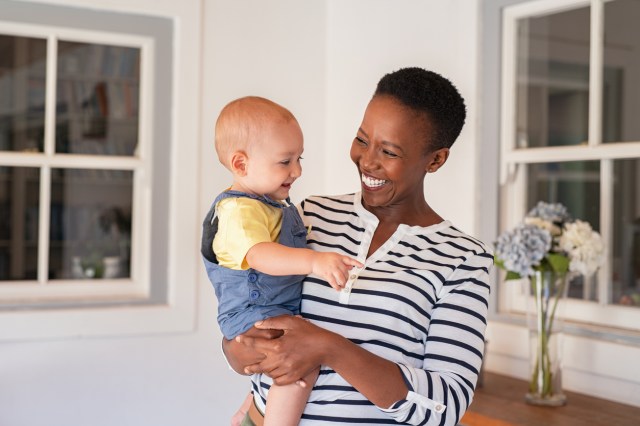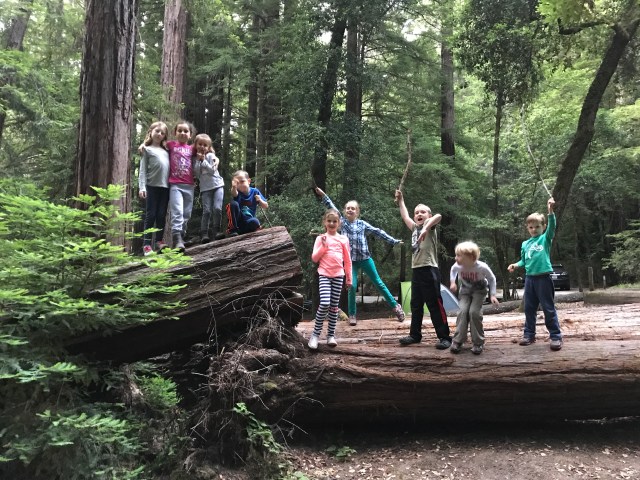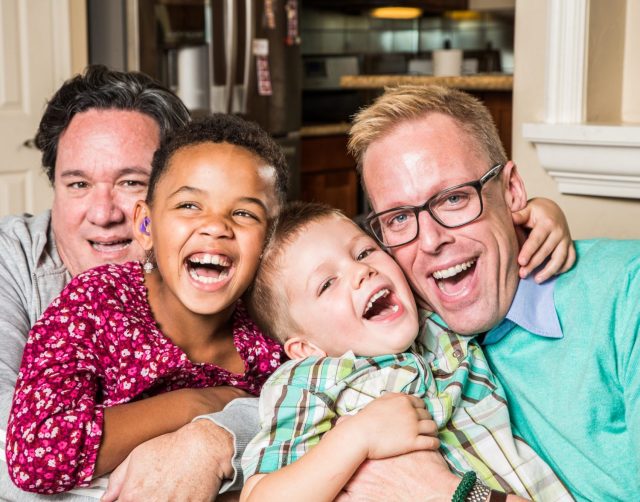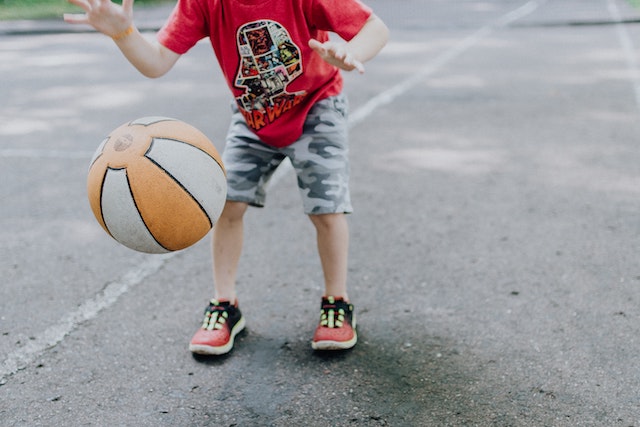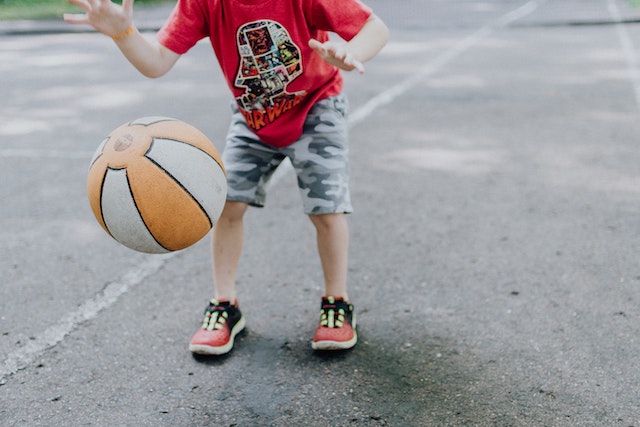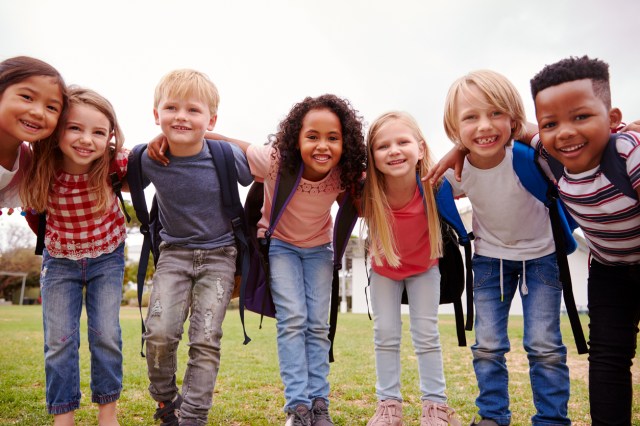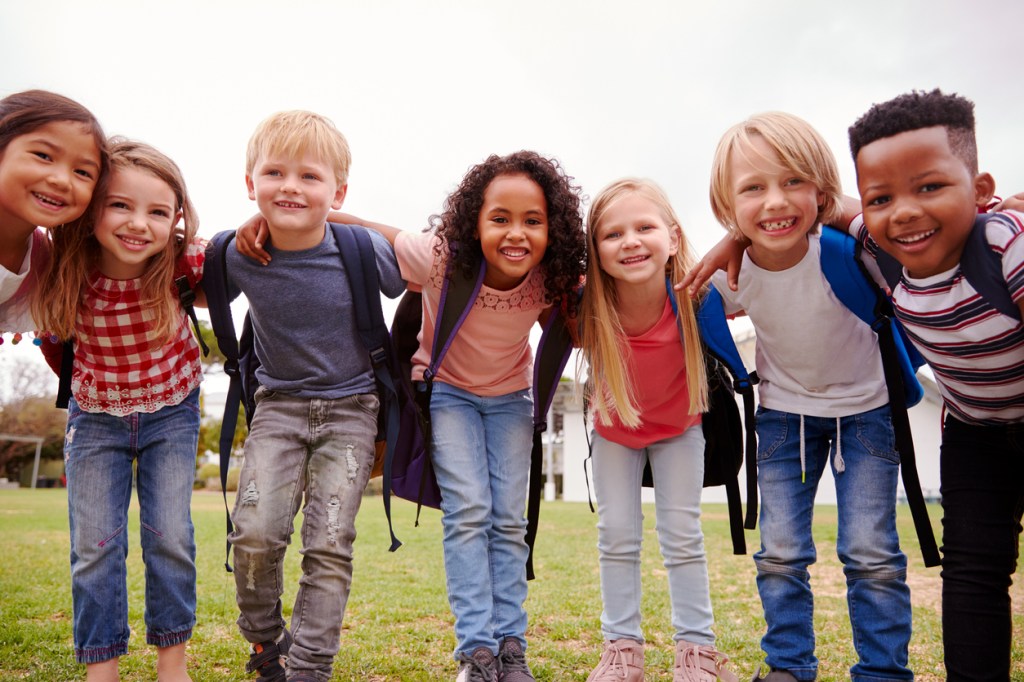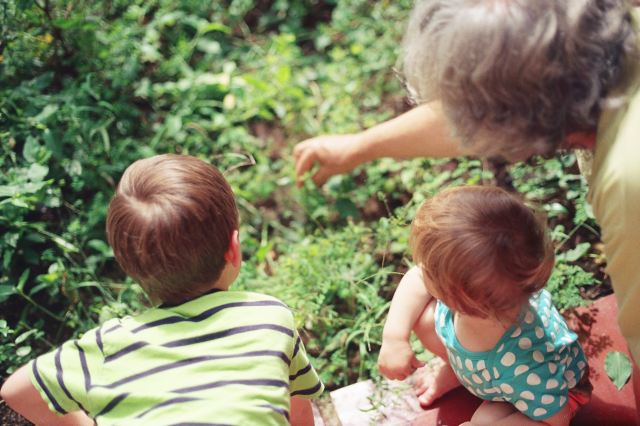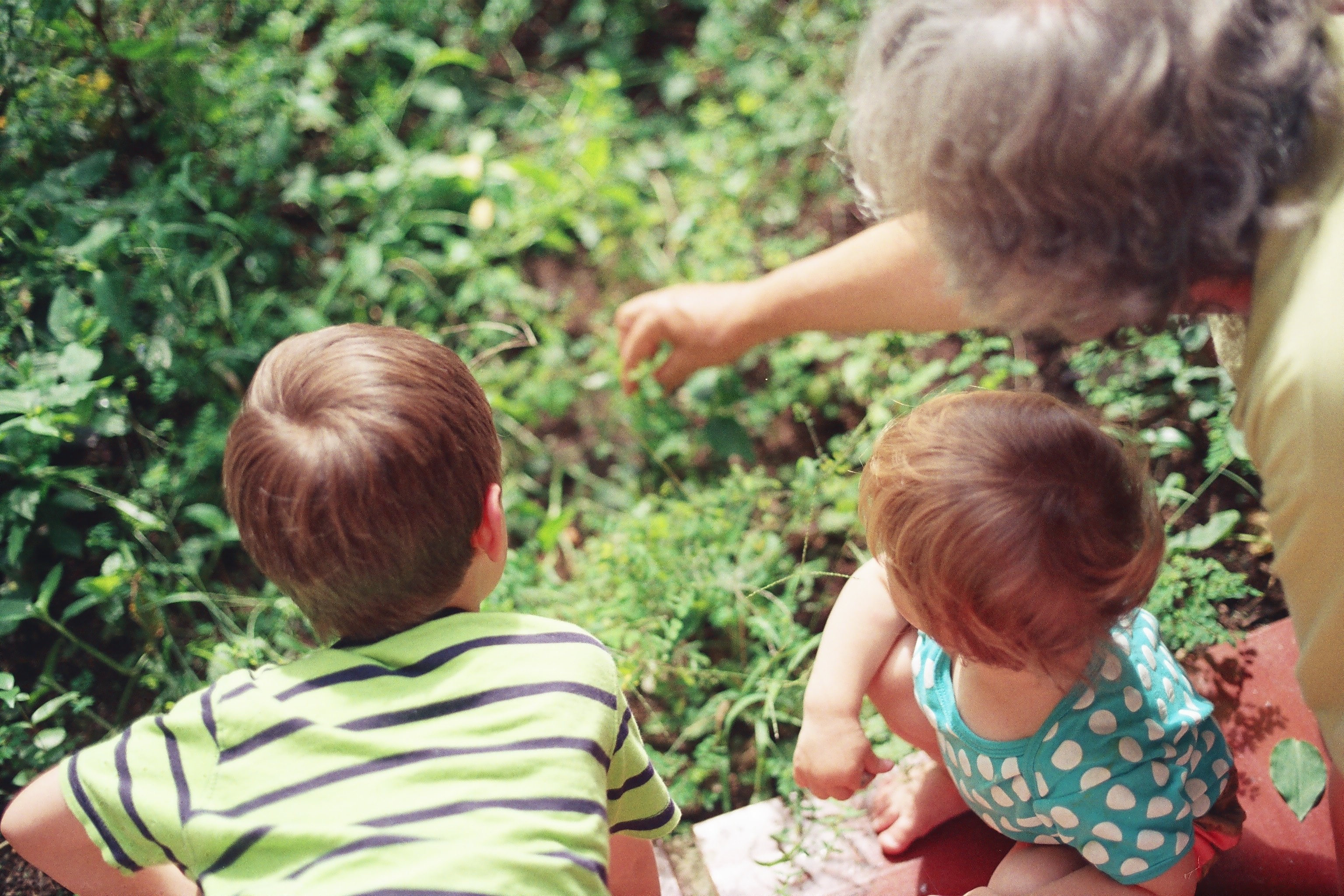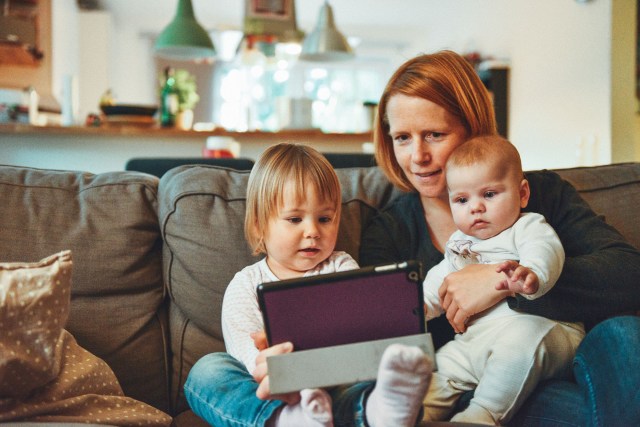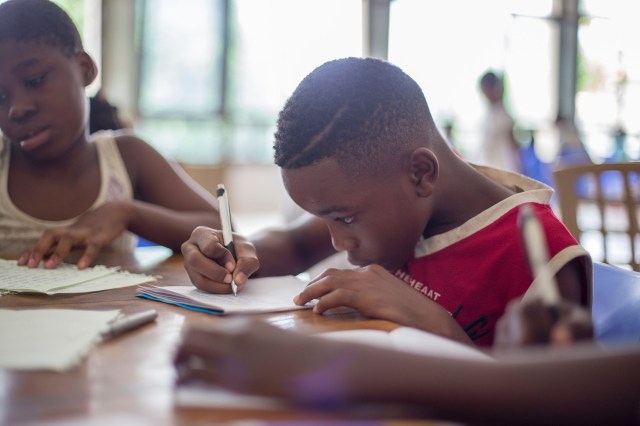My Dear Son,
Being an older brother to a sibling with severe autism has not always been easy. It’s a job you never asked for but one you took in stride. At times, it was very difficult, and that is putting mildly. Thank you for loving your little sister wholeheartedly. You were her light in the darkest of times, especially when her life was filled with sensory overload, and nothing made sense to her little body, and she was completely overwhelmed by our world. And when she would lash out and hurt you, and I would have to send you out of the room—you never got mad at her and always adored her.
Thank you for letting her follow you around and always being there to hug her and tickle her, doing whatever made her happy. Thank you for getting down on the floor with her and playing her way, for connecting with her in any way you could.
Thank you for being a loyal big brother and always protecting her when others had no understanding of autism, for loving her and trying to reach her even when she seemed unreachable, for never giving up, and for understanding that her brain worked differently and that it wasn’t her fault.
How could you understand this at 5 years old? You never stayed mad or blamed her.
Thank for being the happiest, easiest-going little boy, especially when my heart was breaking in to pieces trying to come to grips with a life-altering diagnosis. Thank you for understanding that we couldn’t go to playdates because her behavior was so unpredictable. Thank you for never taking out your frustration on her when I know you were disappointed, and for understanding how much extra care and supervision she needed and never complaining.
Thank you for going along with me when I needed that family photo, you know, the ones where you had to smile for fifteen minutes while I chased her and all but wrestled her down. Thank you for holding her tight so I could get that picture while she tried to push you away, kick or roll over you—you took it all in stride. You couldn’t have known how much it meant to me to get that picture. I just wanted a picture of my two beautiful children. I needed some kind of normalcy even though our life was anything but.
There are a thousand examples of how things went awry, things you lost out on, had to give up, had to leave in the middle of—and yes, it was disappointing at times. But your love for her, your connection, never wavered.
I tried my hardest to make it up to you. I tried to spend alone time with you, have others take you out so you could get a break, bring you places, spoil you. You had every video game and Pokémon card that could be bought. Your nana, your grandparents, and aunties saw it, too, and they tried to make it up to you, too.
But how can you make up for a lost childhood, for having to grow up too fast? You can’t. And I’ve felt torn in two at times. My love for both of you so strong, but her needs surpass yours, and there was nothing I could do to change that.
And then came your sisters: two girls, two years apart. A whirlwind you could say, and again you stepped up. Thank you for all the bottle holding, and baby loving, and dealing with all the madness that went along with it. And then things got better a little easier, and you got to be a different kind of big brother.
I’ve read about siblings of Special Needs children; they are sometimes referred to as “glass children.” It means that parents are so consumed with the special needs child that they look right through you and don’t even see you, as if you are a piece of glass.
I immediately asked myself, “Did I do that!? Did you feel invisible like you didn’t matter?” I have handled a lot but I don’t think I can handle this—my mama guilt is coming on full force, I already carry so much.
So I came to you and asked you. Looking you right in the eye, as I tried to hide the fact that my heart was shattering again even considering this. I asked you to be honest; I needed to know. And you told me that you felt like you missed out on opportunities that you could have had. If it wasn’t for having a sister with special needs, that your life would have been different. But you went on to say that it’s ok, and it’s not her fault and it’s not my fault, it’s just what is.
I cry as I type this because it feels like an impossible job to be pulled into all different directions for all these years and feeling that I didn’t get it right. There is no easy answer. But today it doesn’t matter to you, today you just love her for who she is just like always. Today you make time to hug her to make her laugh.
I know you don’t need thanks or even expect it but you sure deserve it. I am sorry that I couldn’t always be the mother I wanted to be for you, that I was pulled into the uncharted waters of having a child with a disability, and some days I could barely keep my head above water.
But you need to know that I thank you for being my life raft even though that was not supposed to be your job. I know this has made you stronger and more compassionate, you are a better person for loving her, for having her in your life.
Thank you for being the best big brother she could ever have.
Love,
Mom
